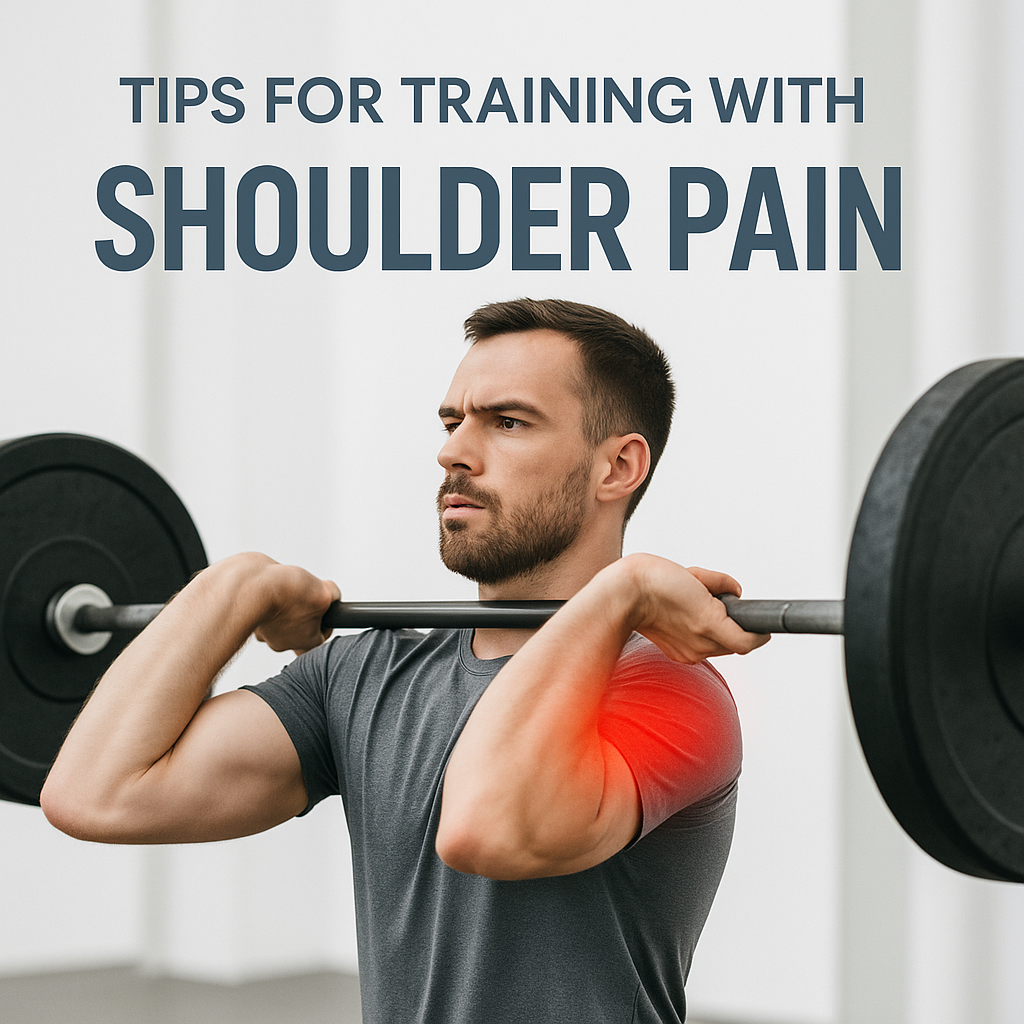Why Lifting Less Could Be the Key to Fixing Your Shoulder Pain
For seasoned lifters, shoulder pain is often worn as a badge of honor—just another obstacle to push through. But what if that nagging pinch or persistent ache isn’t a test of toughness, but a signal that something needs to change?
Let’s flip the narrative. Pain isn’t weakness leaving the body. It’s information.
Your Shoulder Pain Isn’t Random—It’s a Warning Sign
The shoulder is an engineering marvel—exceptionally mobile, yet highly unstable. It depends on a delicate balance of muscles, ligaments, and joint mechanics to function well under load. Push it too far, too often, and something’s bound to give.
The Science Behind Smart Load Management
Deloading is not just for powerlifters. A 2014 study in the Strength & Conditioning Journal emphasized… For a deeper breakdown on how to train smart when dealing with shoulder joint irritation, check out this article on “Can I train with shoulder impingement?”.
Dr. Emily Zhang, a sports medicine specialist, puts it plainly:
“Most shoulder injuries in lifters stem from overuse and poor load management, not one-time accidents. Your pain is your body’s way of telling you to back off and recalibrate.”
The Science Behind Training Smarter, Not Harder
A 2014 Strength & Conditioning Journal study emphasized the effectiveness of deloading—temporary reductions in training volume or intensity—as a powerful tool for recovery and long-term performance. Contrary to popular belief, deloading isn’t just for powerlifters or injured athletes. It’s smart programming.
Are You Overtraining Your Shoulders? Take This 30-Second Self-Check
If you answer “yes” to any of these, your shoulders may need a break:
✅ Do you feel pain during or after upper body workouts?
✅ Do overhead movements cause grinding or pinching?
✅ Is your range of motion limited or uncomfortable?
✅ Do your shoulders feel fatigued even after rest days?
These aren’t just annoyances—they’re red flags.
Real Case: From Pain to Performance
Jake, a 32-year-old CrossFit enthusiast, struggled with shoulder impingement for over a year. “I thought I was just being soft,” he admits. “But pushing through it made everything worse. Once I started training smarter—focusing on rear delts and skipping overhead pressing for a few weeks—I actually came back stronger.”
The Strategic Fix: Smarter Shoulder Workouts
Step 1: Stop Overhead Pressing—Temporarily
Give inflamed tissues a break. Substitute with horizontal pushing or landmine presses.
Step 2: Double Your Rear Delt Volume
Most programs overwork the front delts. Increase face pulls, reverse flyes, and band pull-aparts to restore muscular balance.
Step 3: Incorporate Targeted Rehab
Add 10–15 minutes of shoulder mobility and rotator cuff work post-workout. Use controlled tempos and light resistance.
Common Myths: Let’s Clear Them Up
❌ “Pain is part of progress.”
✅ Pain is feedback. Smart athletes listen to it.
❌ “Deloading will kill my gains.”
✅ Strategic rest often boosts long-term growth.
❌ “If I skip shoulder day, I’ll fall behind.”
✅ Proper rehab keeps you in the game longer.
Staying Motivated During Recovery
You don’t need to pause progress. Here’s how to keep momentum:
- Shift focus to core, lower body, or cardio conditioning
- Use this time to dial in nutrition and recovery habits
- Celebrate small wins—like pain-free range of motion returning
Conclusion: Pain Is a Signal, Not a Sentence
Your goal isn’t just to get back under the bar—it’s to do so safely, powerfully, and for the long haul. Shoulder pain isn’t a challenge to conquer through grit; it’s a message to train with wisdom.
So yes—lifting less, for now, could be the smartest move you make all year.
